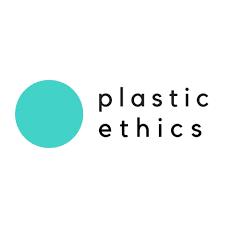Explaining the circular economy to children and young generations - video
The Literature Nobel Prize, Albert Camus, wrote: "Every generation, no doubt, thinks itself doomed to remake the world".
Actually, every generation has the chance to change the world. The previous generation changed it forever by getting rid of barriers between cultures, paving the way for the modernization of media, spread of the internet, information, and mass entertainment. We are now aware of all the current challenges we need to face : obsolete overproduction and overconsumption economic models, climate change.
The present and future generations will inherit a heavy responsibility to manage to change the world and to achieve a new globalisation into sustainable development and circular economy. It seems fair to me to assert that it’s up to us, parents, to explain to young generations, the world in they live in and which they will grow up to finally make it better for each and everyone.
But by the way, what is circular economy?
The circular economy is an economic concept that fits into the framework of sustainable development and which is inspired in particular by the notions of green economy, economy of use or economy of functionality, and industrial ecology (which wants the waste of an industry to be recycled as raw material by another industry or the same).
Its objective is to produce goods and services while strongly limiting the consumption and waste of raw materials, and non-renewable sources of energy.
Created to promote a “circular economy, is a regenerative system in which resource input and waste, emission, and energy leakage are minimized by slowing, closing, and narrowing energy and material loops; this can be achieved through long-lasting design, maintenance, repair, reuse, remanufacturing, refurbishing, recycling, and upcycling. This is in contrast to a linear economy which is a 'take, make, dispose' model of production.
A major argument in favour of the circular economy approach is that achieving a sustainable world does not require changes in the quality of life of consumers, nor does it require loss of revenues or extra costs for manufacturers and other economic agents. The argument is that circular business models can be as profitable as linear models and allow consumers to keep enjoying similar products and services.
To achieve models that are economically and environmentally sustainable, the circular economy focuses on areas such as design thinking, systems thinking, product life extension, and recycling.” (source Wikipedia)
Here is a short movie to destinations, schoolchildren, high school and high school students to explain the circular economy simply.
Kids, we trust you, to change the world and make it better!
Here is the page of the website of the foundation to learn a little more on the subject: https://www.ellenmacarthurfoundation.org/circular-economy/concept
The Elle MacArthur Foundation works in the areas of education, training, business and government, analysis, systemic initiatives and communication to accelerate the transition to a circular economy.
For Plastic Ethics, Stephane Boulissiere
